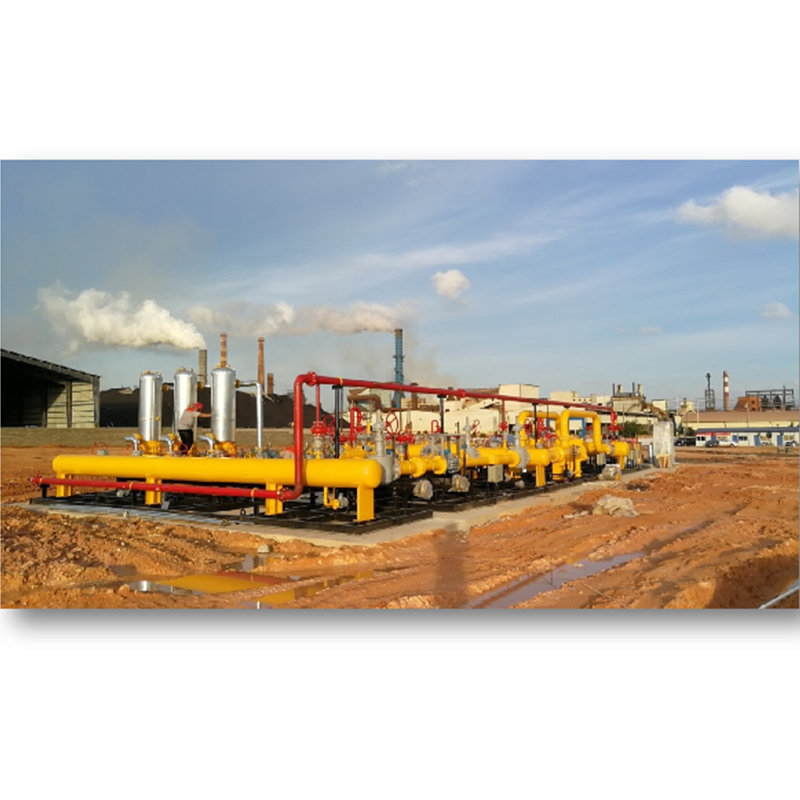
Sep . 22, 2024 11:20
Back to list
pressure reducing valve
Understanding Pressure Reducing Valves An Essential Component for Fluid Systems
Pressure reducing valves (PRVs) play a crucial role in various fluid systems, ensuring that downstream pressures remain stable and safe, regardless of fluctuations in upstream pressure. These devices are vital in industries such as water distribution, gas supply, and many manufacturing processes where precise pressure control is essential for optimal performance and safety.
At its core, a pressure reducing valve functions by automatically regulating the pressure of a fluid as it flows from a high-pressure source to a lower-pressure system. The primary objective is to reduce the pressure to a preset level while allowing for the maximum flow possible. This is achieved through a combination of mechanical components, including a spring, diaphragm, and valve seat. When the upstream pressure exceeds the desired set point, the valve opens, allowing some of the fluid to flow back or escape, thus reducing the overall pressure in the downstream system.
One of the key benefits of using a PRV is the protection it offers. In many applications, excessive pressure can lead to pipe fractures, component failures, and dangerous leaks. By maintaining the pressure within safe limits, PRVs significantly enhance the longevity and reliability of the entire system. They also contribute to energy efficiency; by managing pressures effectively, systems can operate more optimally, reducing energy consumption and operational costs.
pressure reducing valve

Moreover, PRVs are designed with versatility in mind. They are available in various types, including direct-acting, pilot-operated, and electronic valves, which cater to different application needs. Direct-acting valves are simpler and ideal for smaller applications, while pilot-operated valves are better suited for larger systems, allowing for greater flow rates and more precise control.
Installation and maintenance of pressure reducing valves are paramount to their performance. Proper installation ensures that the valves function effectively, while regular maintenance checks are necessary to prevent issues such as debris buildup or mechanical wear, which can lead to malfunction.
In conclusion, pressure reducing valves are essential components that ensure system integrity, safety, and efficiency across various industries. Understanding their function and importance can help in selecting the right type for specific applications and in ensuring their effective operation over time. As industries continue to advance, the demand for reliable and efficient pressure control solutions like PRVs will only increase, making them a critical consideration in fluid system design and management.
Next:
Latest news
-
Safety Valve Spring-Loaded Design Overpressure ProtectionNewsJul.25,2025
-
Precision Voltage Regulator AC5 Accuracy Grade PerformanceNewsJul.25,2025
-
Natural Gas Pressure Regulating Skid Industrial Pipeline ApplicationsNewsJul.25,2025
-
Natural Gas Filter Stainless Steel Mesh Element DesignNewsJul.25,2025
-
Gas Pressure Regulator Valve Direct-Acting Spring-Loaded DesignNewsJul.25,2025
-
Decompression Equipment Multi-Stage Heat Exchange System DesignNewsJul.25,2025

